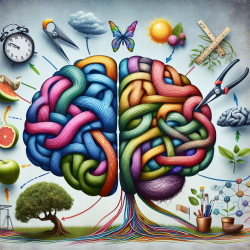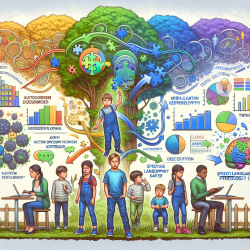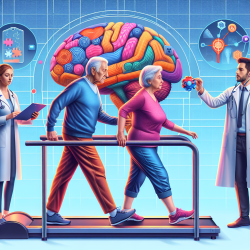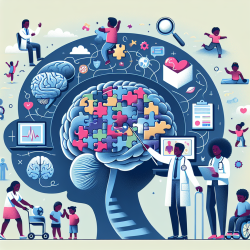The human brain is a marvel of adaptability and resilience, capable of rewiring itself in response to experiences, learning, and even injury. This remarkable ability, known as neuroplasticity, plays a crucial role in our cognitive development and overall brain health throughout life. As educators and practitioners working with children and adults alike, understanding and harnessing the power of neuroplasticity can lead to significant improvements in learning outcomes and recovery processes.
Understanding Neuroplasticity
Neuroplasticity refers to the brain's ability to reorganize its neural connections in response to environmental stimuli, learning experiences, injury, or disease. This dynamic process involves changes in synaptic strength and connectivity, the formation of new synapses, and even the generation of new neurons. It is a fundamental mechanism underlying learning, memory formation, and recovery from brain injuries.
The Role of Neuroplasticity Across the Lifespan
Neuroplasticity is not confined to childhood; it continues throughout adulthood and into old age. During early development, the brain exhibits heightened plasticity, allowing for rapid learning and adaptation. This period is characterized by a heightened sensitivity to environmental input, which facilitates the formation of new neural connections.
In adulthood, while plasticity becomes more regulated and context-dependent, it remains essential for acquiring new skills and adapting to changes. In later life, maintaining cognitive function becomes increasingly important as age-related changes occur in the brain. Understanding how neuroplasticity can be harnessed during these stages is crucial for promoting healthy aging and mitigating neurodegenerative processes.
Harnessing Neuroplasticity Through Lifestyle Interventions
Research has shown that non-invasive lifestyle interventions can significantly promote neuroplasticity and improve cognitive function. Here are some strategies that practitioners can recommend:
- Physical Exercise: Regular physical activity enhances neurogenesis (the creation of new neurons) and increases levels of brain-derived neurotrophic factor (BDNF), which supports neuronal growth and survival.
- Cognitive Stimulation: Engaging in mentally challenging activities such as puzzles, learning new languages or skills can stimulate synaptic plasticity and improve cognitive reserve.
- Social Interaction: Maintaining social connections has been linked to better cognitive outcomes and reduced risk of dementia.
- Nutritional Interventions: Diets rich in omega-3 fatty acids, antioxidants, and vitamins support brain health by reducing inflammation and oxidative stress.
- Mindfulness Practices: Techniques such as meditation can enhance attention regulation and emotional resilience by altering neural pathways.
The Importance of Further Research
The field of neuroplasticity is vast and continually evolving. Encouraging practitioners to stay informed through conferences, publications, and webinars is vital for integrating the latest findings into practice. By understanding the mechanisms underlying neuroplasticity, we can develop more effective strategies for enhancing cognitive function across all stages of life.
For those interested in delving deeper into this topic, I highly recommend reading the research paper titled "Exploring the Role of Neuroplasticity in Development, Aging, and Neurodegeneration". This comprehensive review offers valuable insights into how non-pharmacologic interventions can harness neuroplasticity to mitigate age-related cognitive decline.










